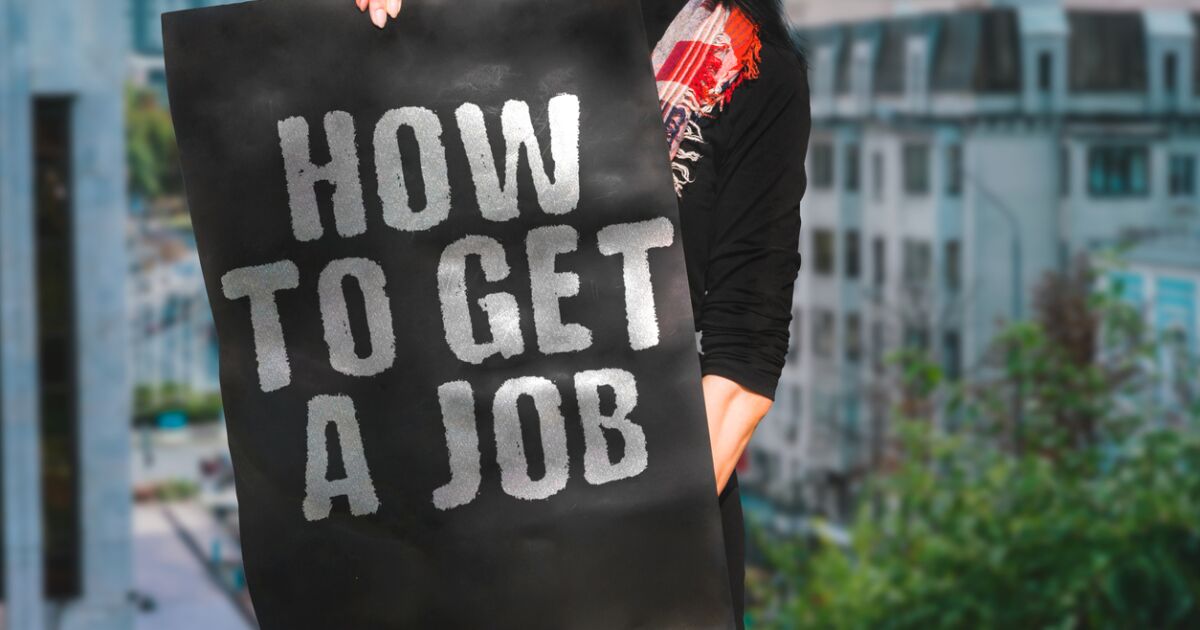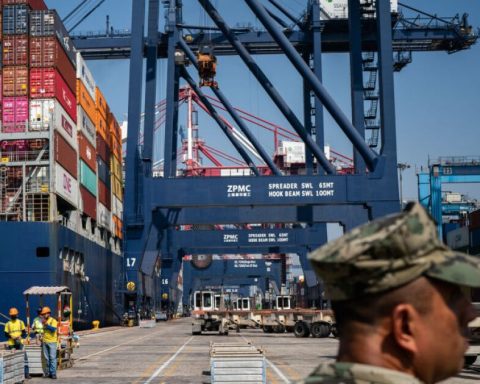The unemployment benefit applications they have remained relatively stable since falling to 166,000 in March, their lowest level in 53 years, amid signs of cooling in the labor market.
There have been reports of job cuts, notably in technology and housing, with the latter seeing a moderation in activity as mortgage rates rise in response to rising inflation expectations and aggressive interest rate hikes. of the Federal Reserve.
However, the overall labor market remains tight. At the end of April there were 11.4 million job vacancies, with almost two vacancies for every one unemployed. Economists say subsidy applications would need to top 250,000 to help balance labor supply and demand and control wage inflation.
The US central bank raised its policy rate by three-quarters of a percentage point last week, its biggest hike since 1994. The Fed has raised its benchmark overnight rate by 150 basis points since March.
The Fed’s efforts to dampen demand in the labor market and the broader economy are fueling fears of a recession next year.
Fed Chairman Jerome Powell told lawmakers Wednesday that the central bank is not trying to engineer a recession to curb inflation, but is fully committed to controlling prices, even if doing so risks of an economic recession.
Powell told the House Financial Services Committee that the Fed’s commitment “is unconditional” to control inflation.
“We really need to restore price stability…because without that we won’t be able to have a sustained period of maximum employment where the benefits are widely distributed,” he said. “It’s something we have to do, we must do.”
The central bank president’s testimony marked the second day in a row that congressional lawmakers grilled him about the Fed’s effort to rein in inflation, which is fueling fears of a sharp economic slowdown or recession and a sharp rise in unemployment. .
“We don’t have precision tools,” he said, “so there is a risk that unemployment will rise from what is historically low. A labor market with 4.1% or 4.3% unemployment is still a very strong workforce.”
At the same time, however, Powell said he expects economic growth to pick up in the second half of the year after a slow start in 2022.
Recent data for retail sales, housing and manufacturing suggest the economy is slowing after appearing to have recovered from a first-quarter slump, fueled mainly by a record trade deficit.
Last week’s data covers the period during which the government surveyed establishments for the nonfarm payrolls component of the June employment report. Applications increased moderately between the May and June survey periods.
The economy added 390,000 jobs in May. The claims report also showed that the number of people receiving benefits after an initial week of aid rose by 5,000 to 1.315 million during the week ending June 11.
Next week’s data on so-called continuing claims will shed more light on the June jobs report.















